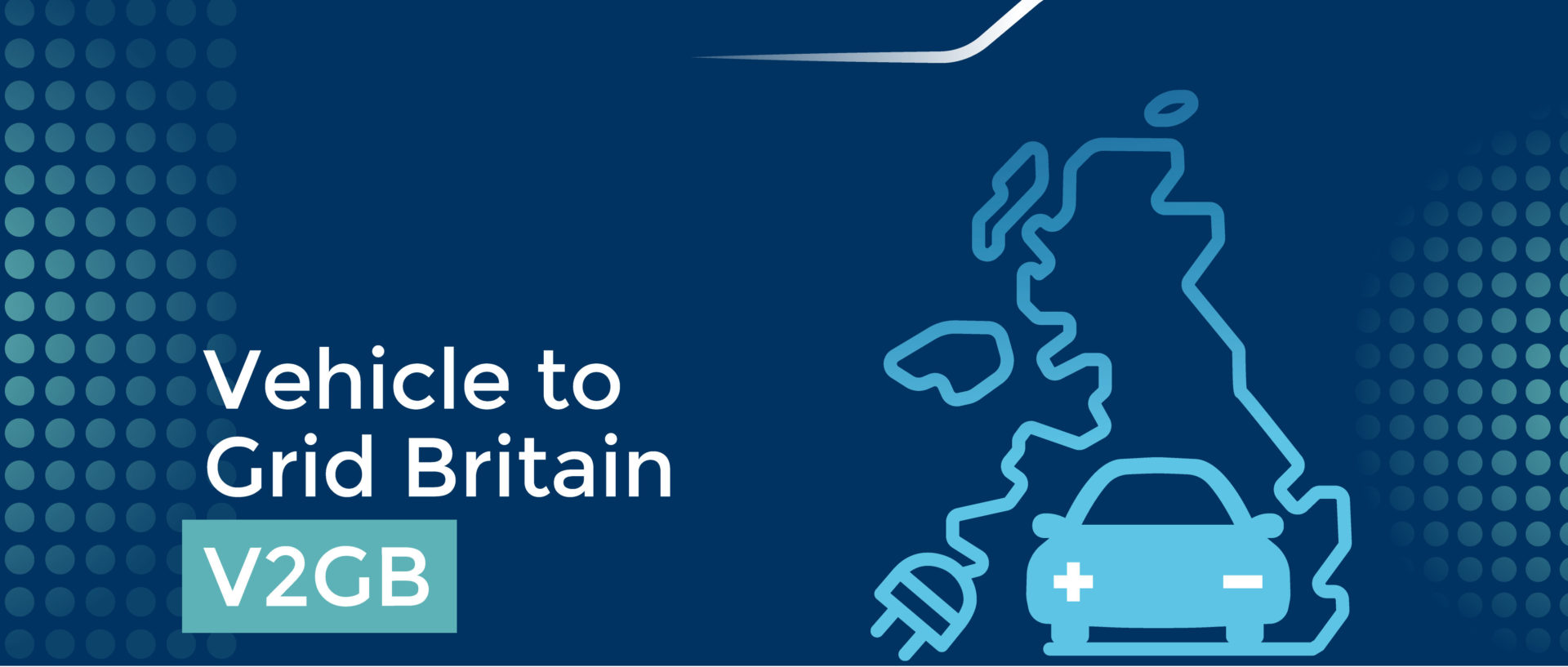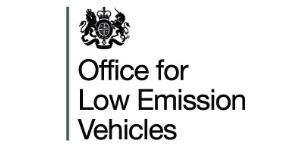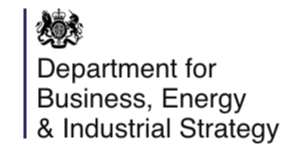
V2G Britain
Case Study
The Challenge
Vehicle-to-grid (V2G) technologies are expected to play a key role in the decarbonisation of Britain’s transport and energy systems. Connecting millions of EVs and coordinating their charging and discharging would minimise the costs of EV charging while allowing the grid to balance the integration of high levels of variable renewable energy sources.
This feasibility study – Vehicle to Grid Britain (V2GB) is part of the Vehicle-to-Grid competition, funded by the Office for Low Emission Vehicles (OLEV) and the department for Business Energy and Industrial Strategy (BEIS), in partnership with Innovate UK.
Drawing on the diverse expertise of consortium members Nissan, Energy Systems Catapult, Cenex, Moixa, Western Power Distribution, National Grid ESO, and Element Energy, the project explores both near term niches and enduring large-scale opportunities for V2G to play a role in a flexible energy system in Britain.
The Development
Cenex identified a list of 16 domestic customer archetypes and 18 commercial archetypes representative of current and future customers for V2G. Each archetype was assessed for their applicability for V2G. Potential revenue streams were also identified and assessed for their suitability for V2G.
Vehicle journey data was also collected for each of the archetypes to identify ‘plug-in’ behaviour and charging times to evaluate the value streams.; key sensitivities that would dramatically impact the potential value of V2G revenue streams were identified.
The Results
Residential V2G charging could be economically viable in the near term, but to do so will require a combination of high plug-in rates, reduction of the installation costs of high accuracy metering equipment for Firm Frequency Response, stacking of multiple revenue streams, and an agile model to move between revenue streams in a dynamic market environment.
To achieve wider uptake and contribute to energy system decarbonisation, V2G hardware cost must reduce significantly. Viable commercial models need to be developed to depreciate the assets over 10 years, and consumer concerns about range and battery impacts must be removed.
- A 7kW residential V2G charger could capture over £400/year in revenues, but only in ideal circumstances – a typical figure would be ca. £100/year.
- Cost premium for 7kW V2G needs to drop below £1000 by 2030 for continued viability.
- V2G could help to save £200m of cumulative distribution network investment by 2030.
- Smart Charging could generate GB energy system net savings of £180m/annum, and V2G could save an additional £40-90M annually in GB by 2030.









